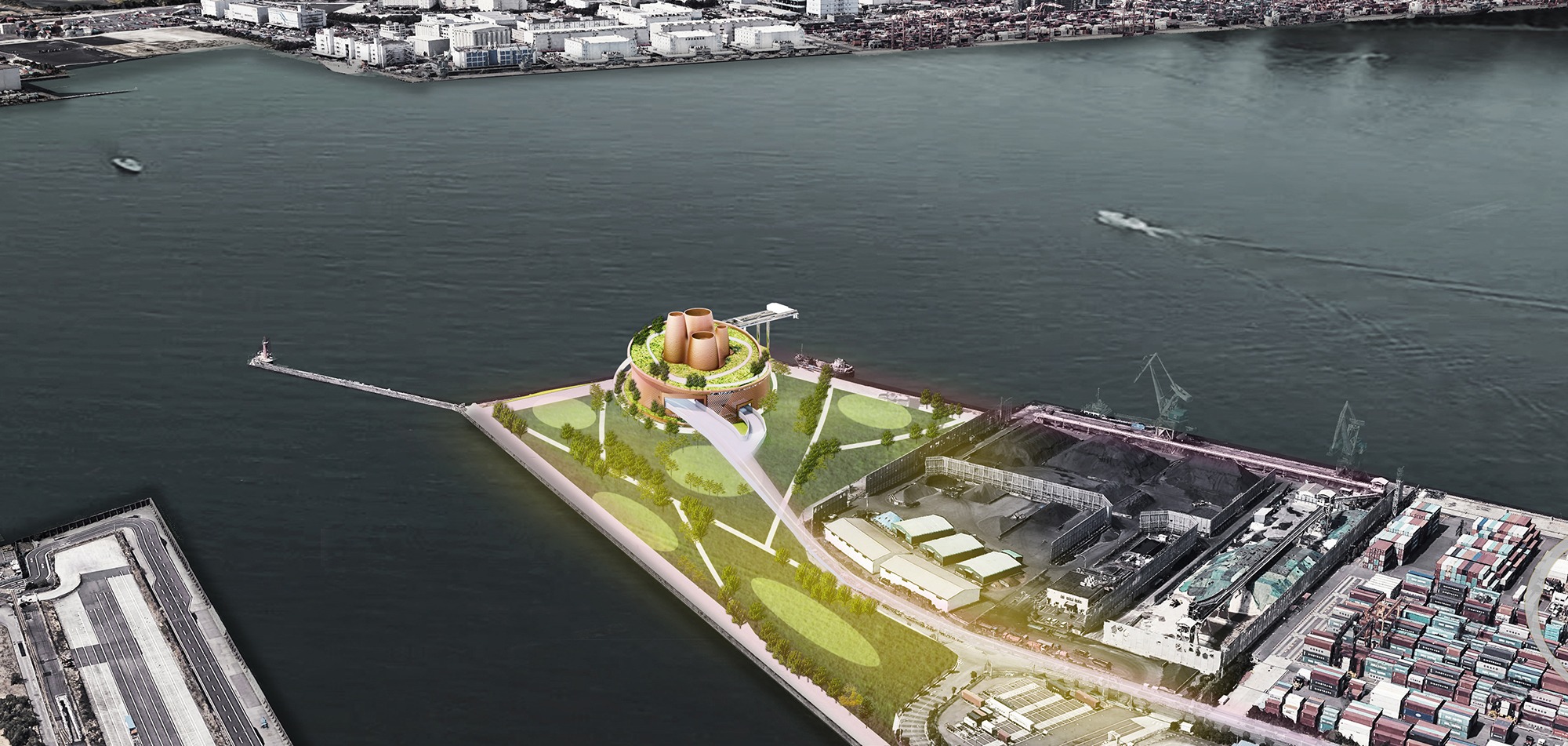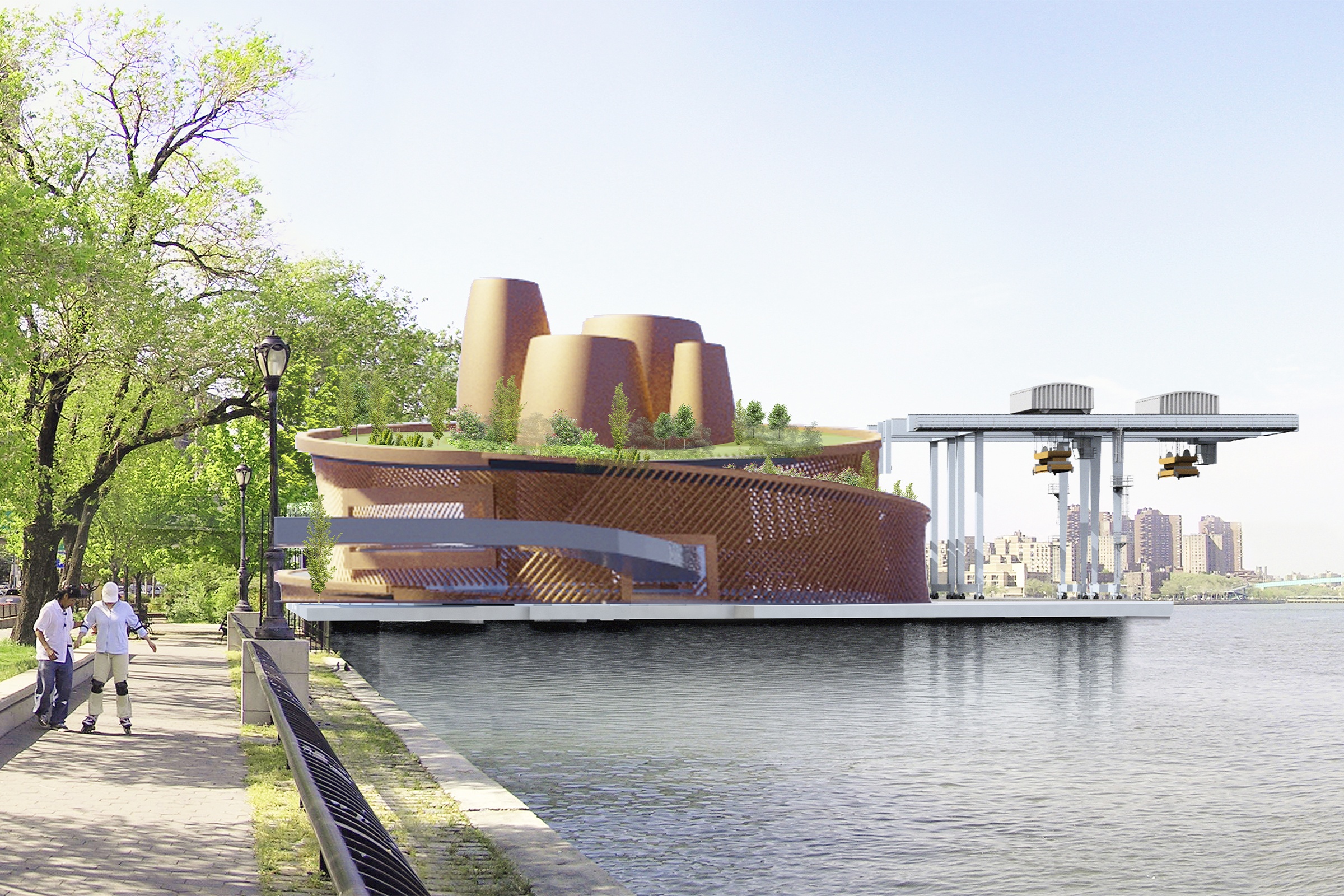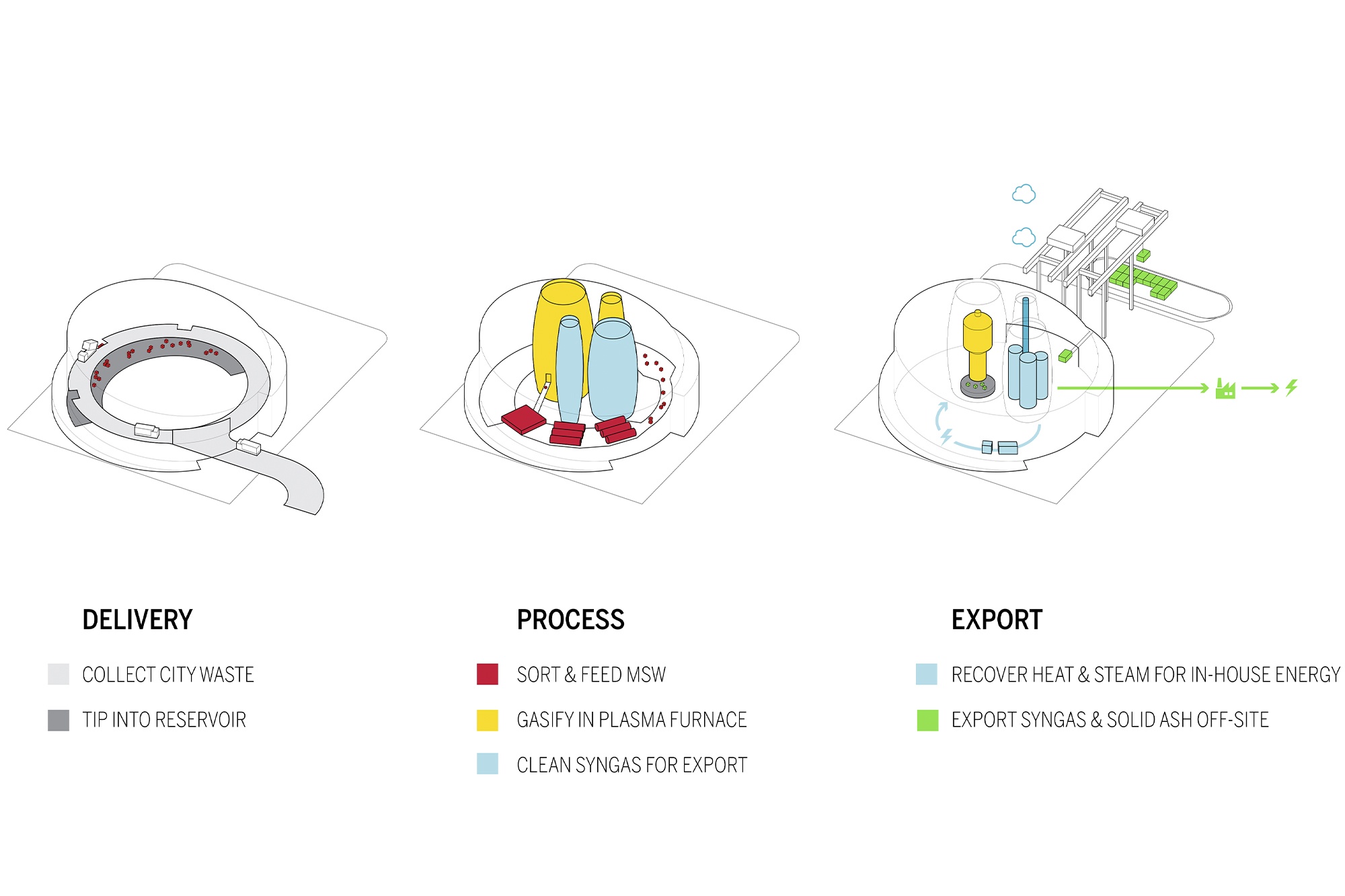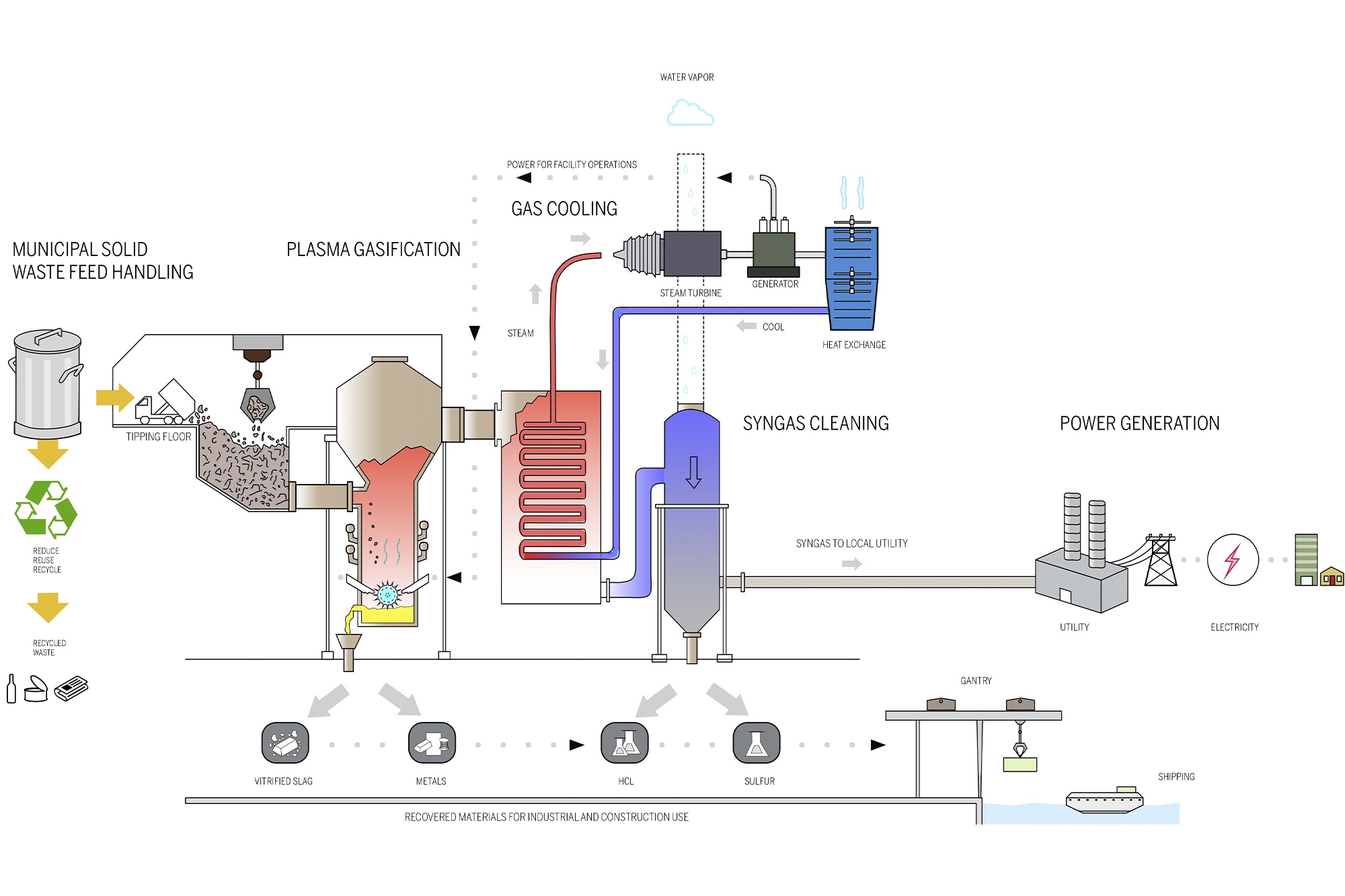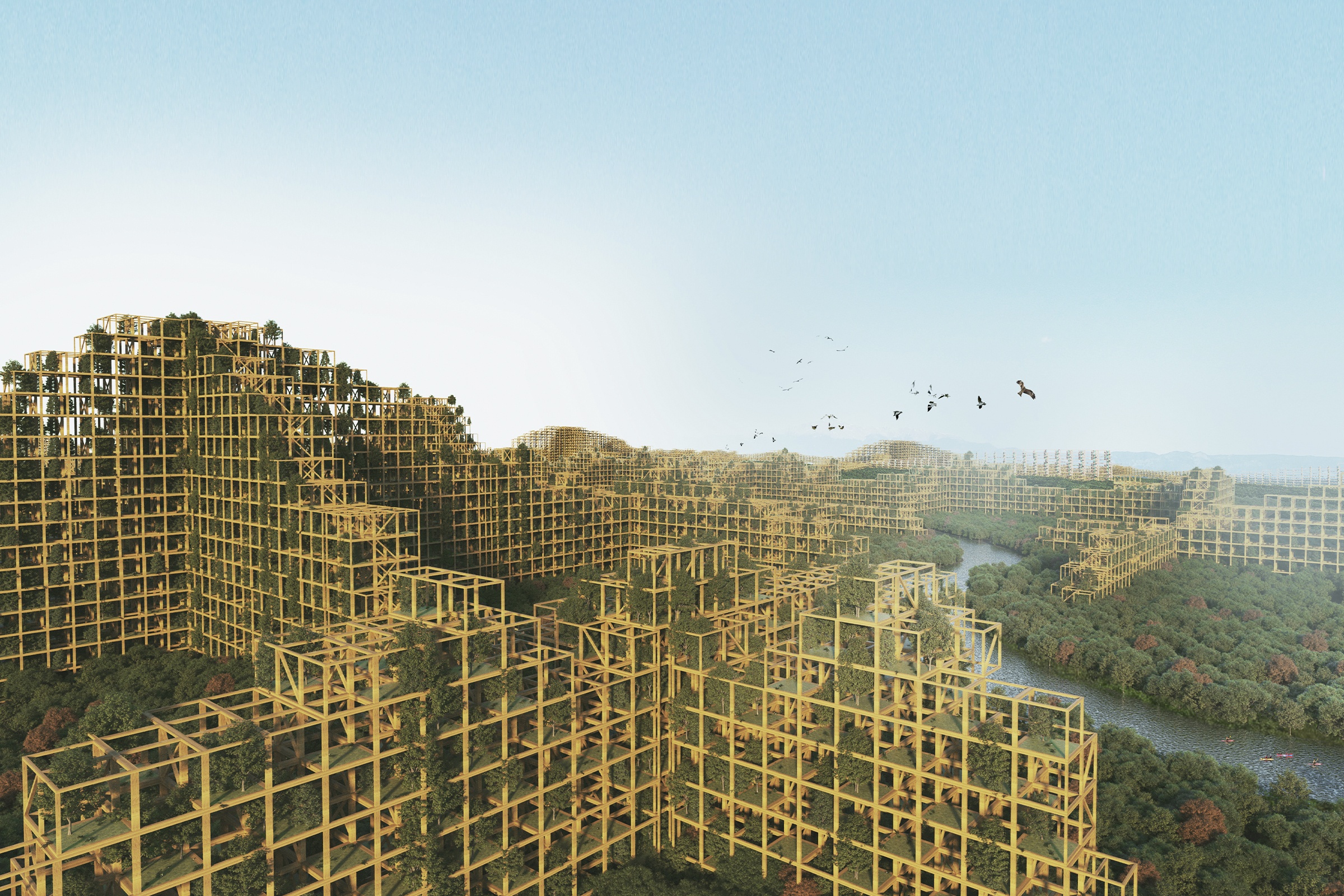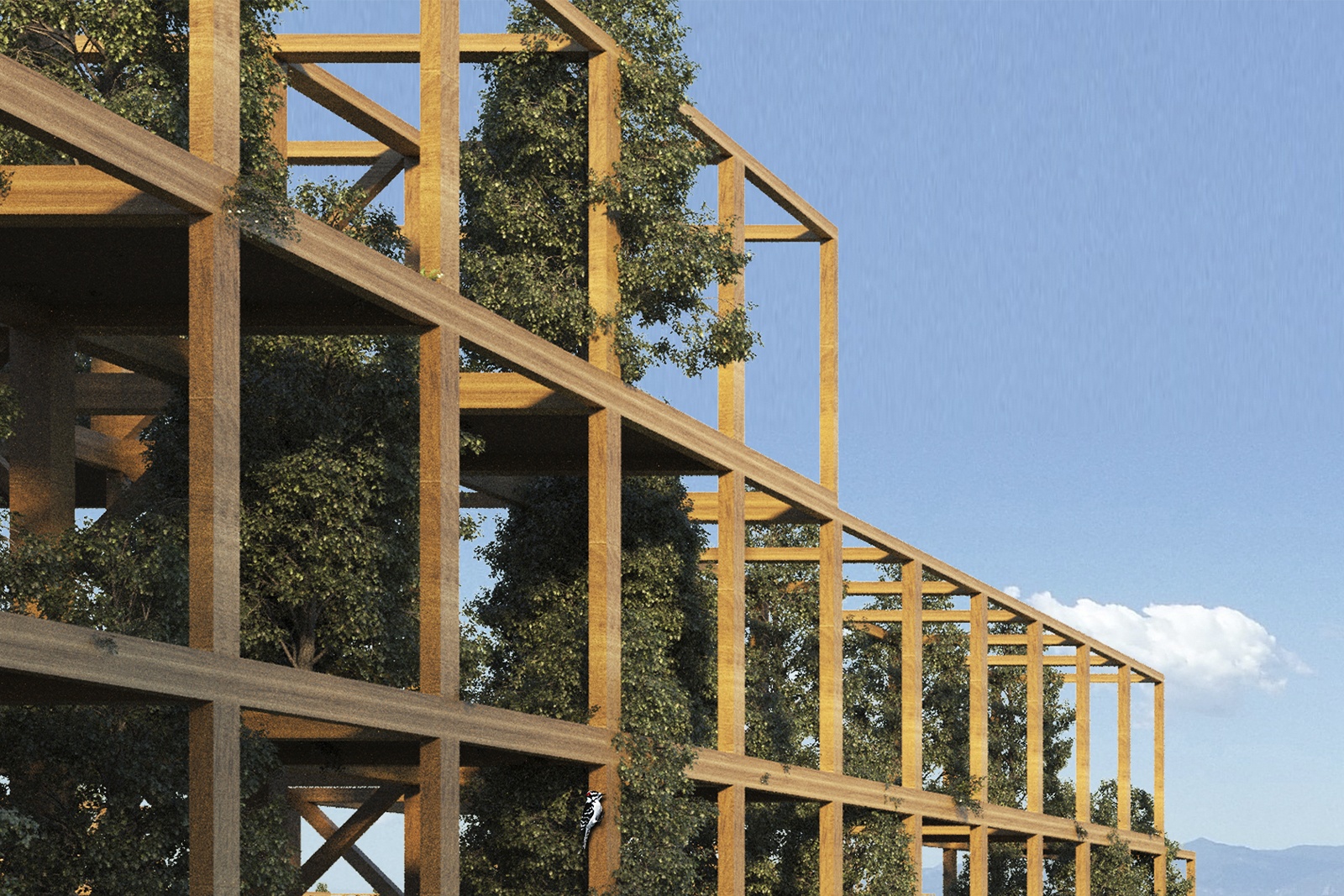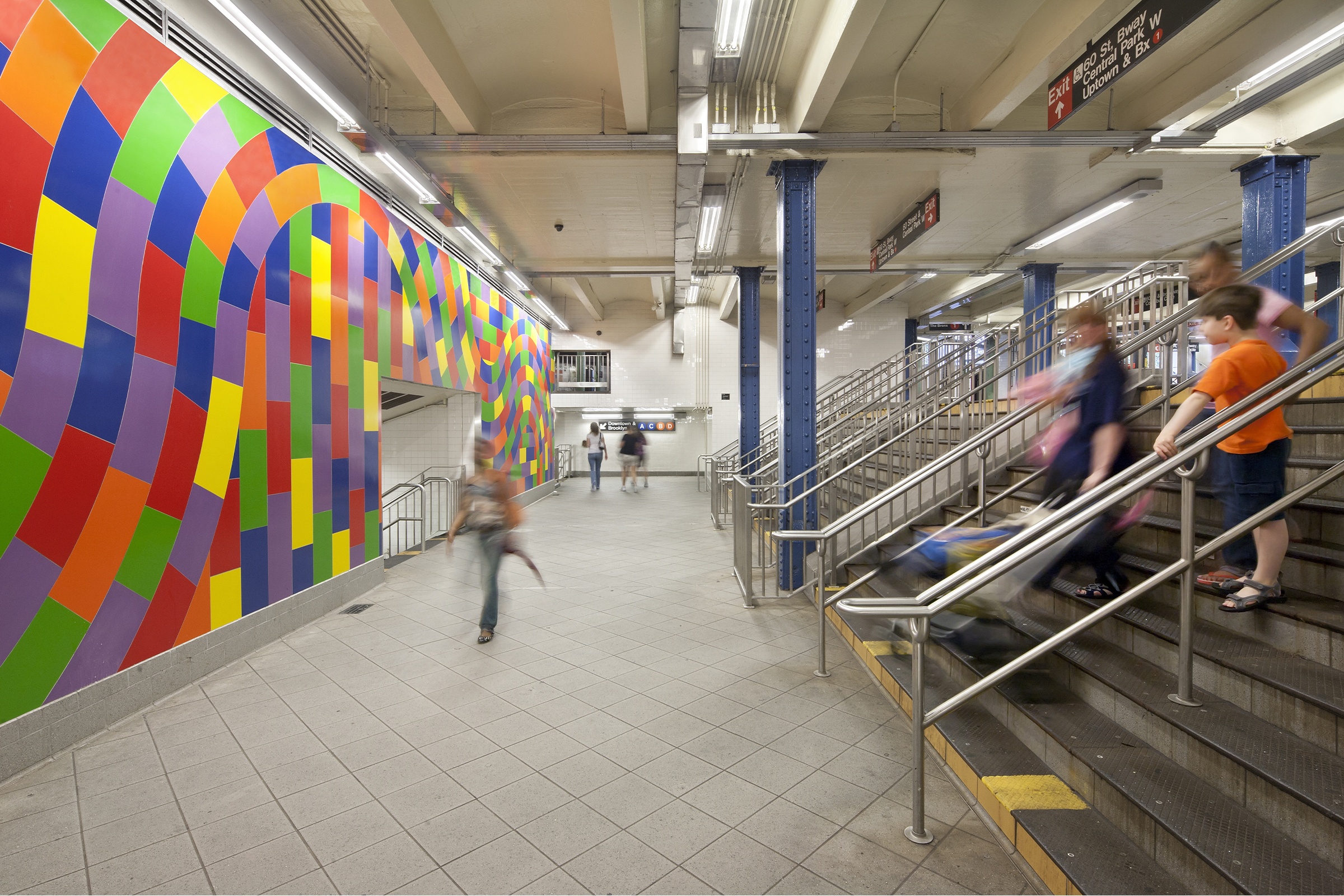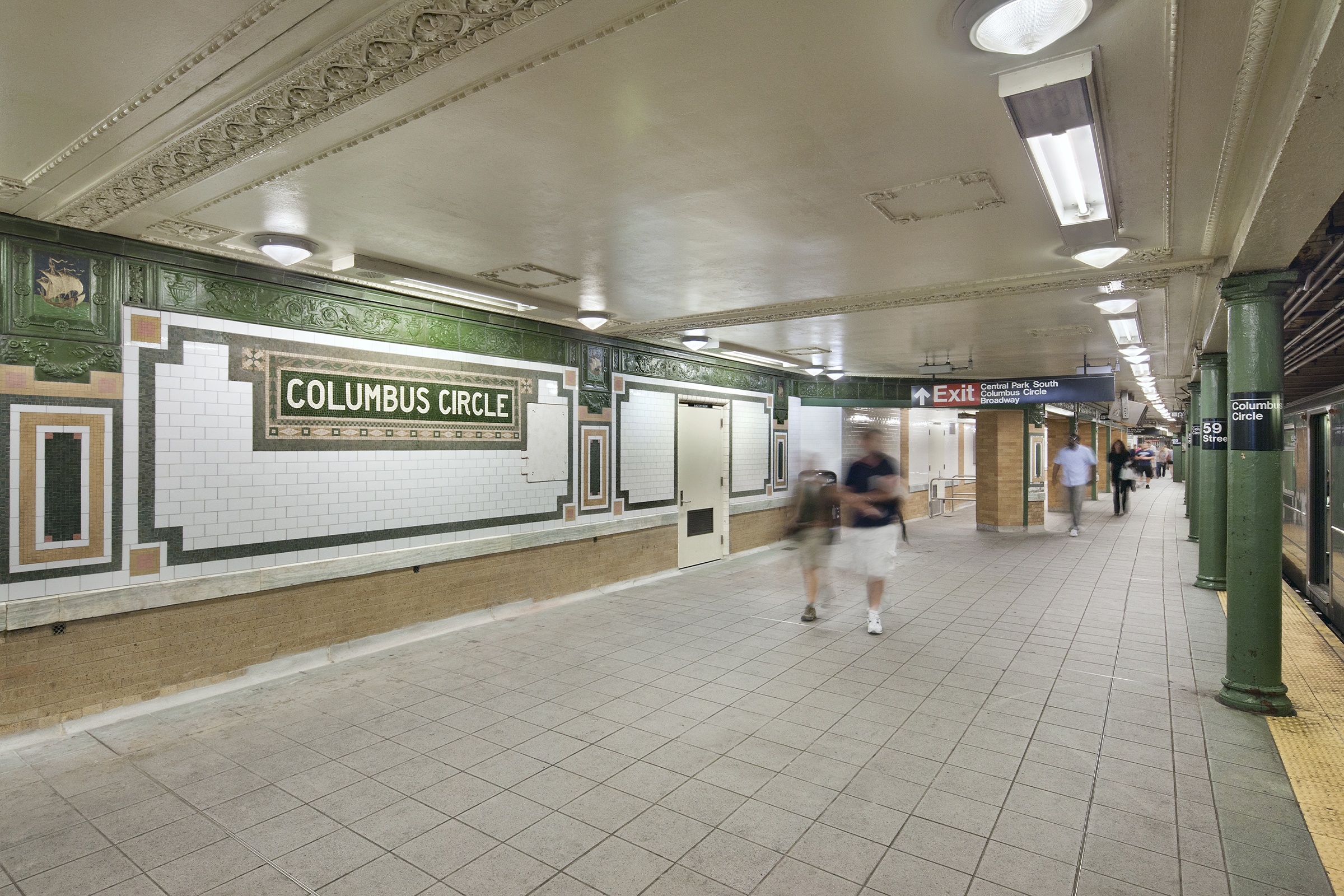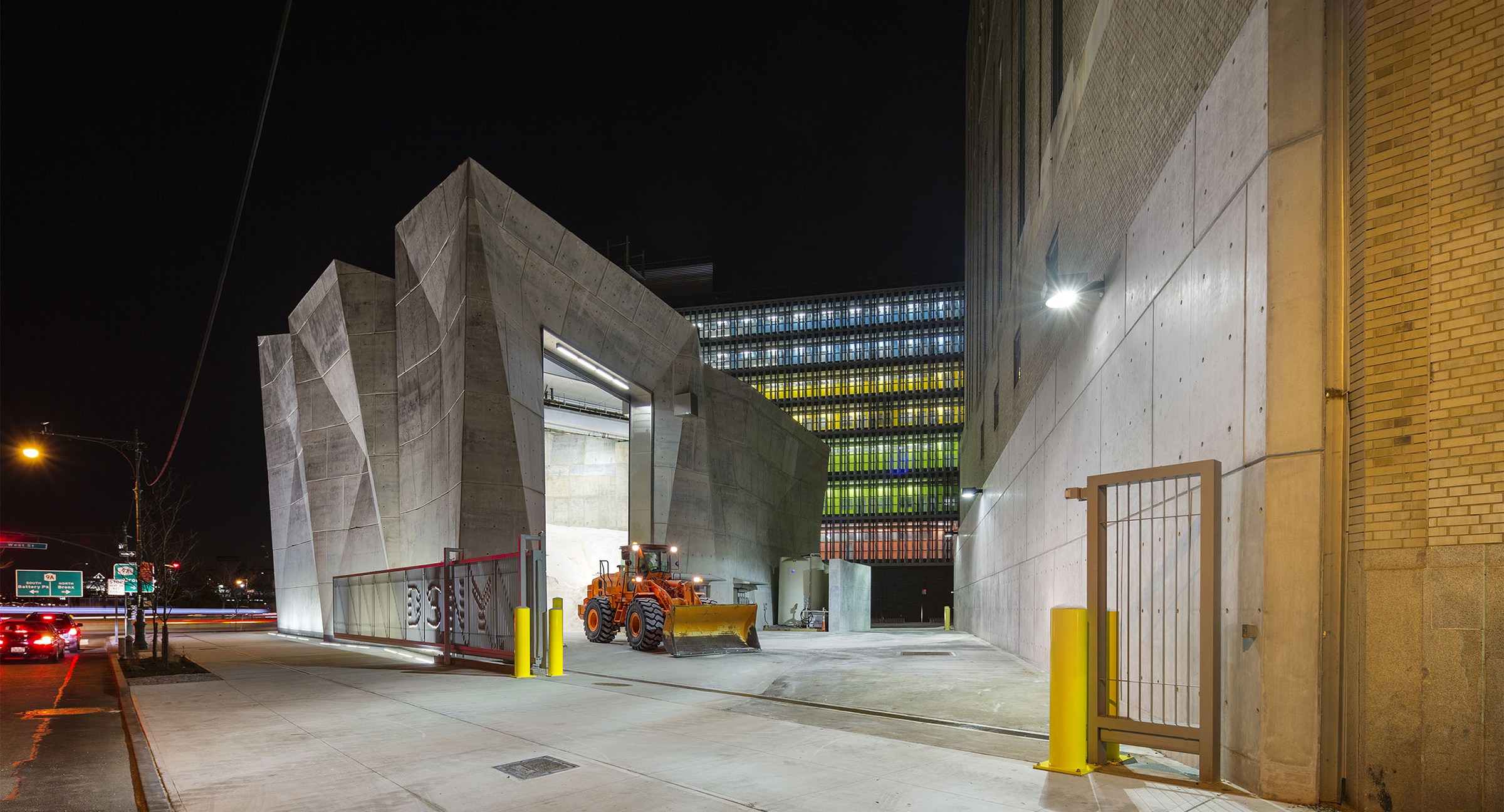One critical challenge of this millennium is to develop ecological solutions to the problem of waste disposal. With the goal of achieving Zero Waste, our R+D Co-Lab has developed a concept that advances existing technologies to help reduce the amount of unproductive, un-recycled, or un-converted waste as well as the production of greenhouse gases associated with these measures.
One critical challenge of this millennium is to develop ecological solutions to the problem of waste disposal. With the goal of achieving Zero Waste, our R+D Co-Lab has developed a concept that advances existing technologies to help reduce the amount of unproductive, un-recycled, or un-converted waste as well as the production of greenhouse gases associated with these measures.
Currently, NYC recycles or composts just 25% of its solid waste. Much of the remainder gets sent to out-of-state landfills via four waterfront transfer stations. To make the process more sustainable, our Plasma Power plan outfits these stations with plasma arc technology, a process that converts solid waste into synthetic gas to produce large-scale green power as well as other materials that can be sold for industrial and construction uses.
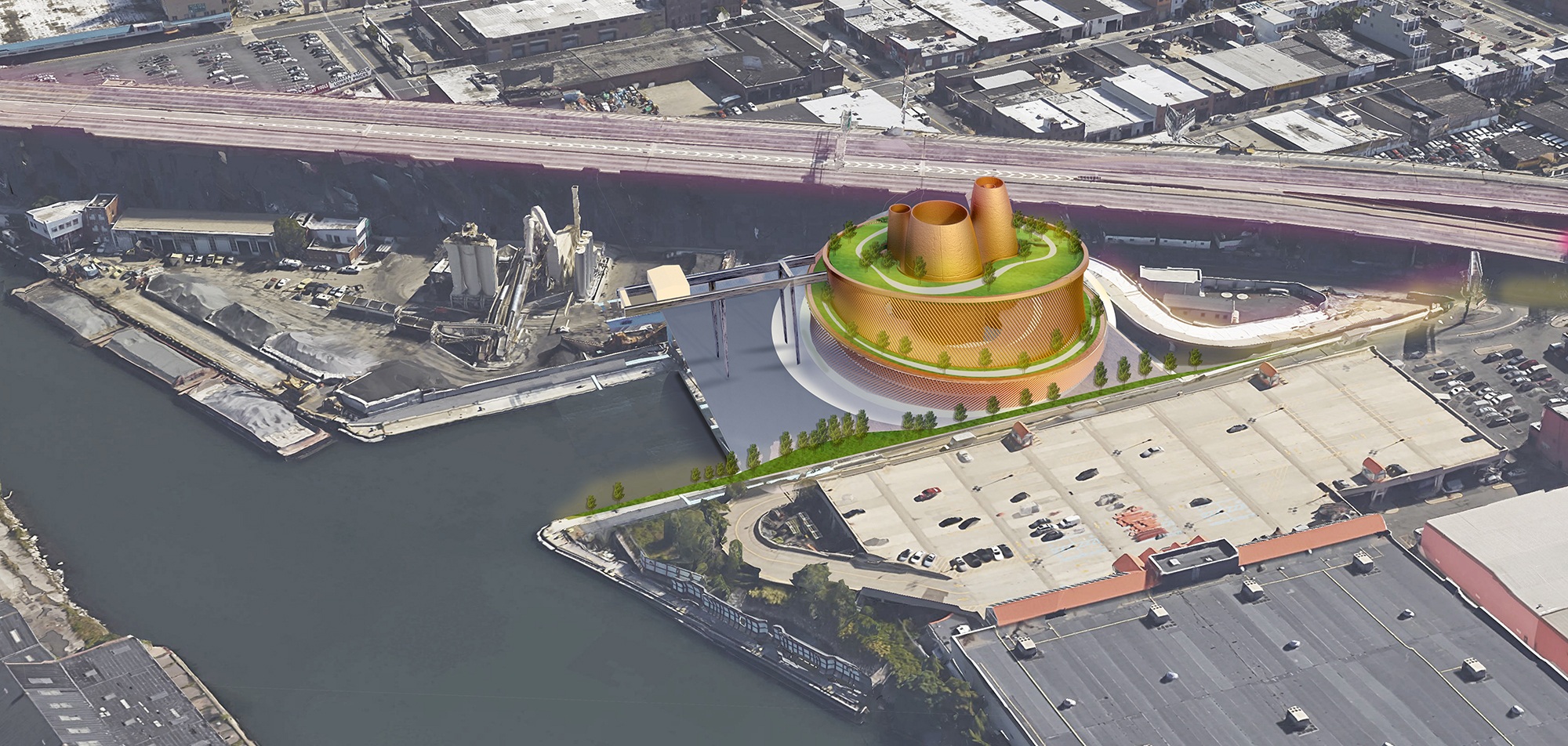
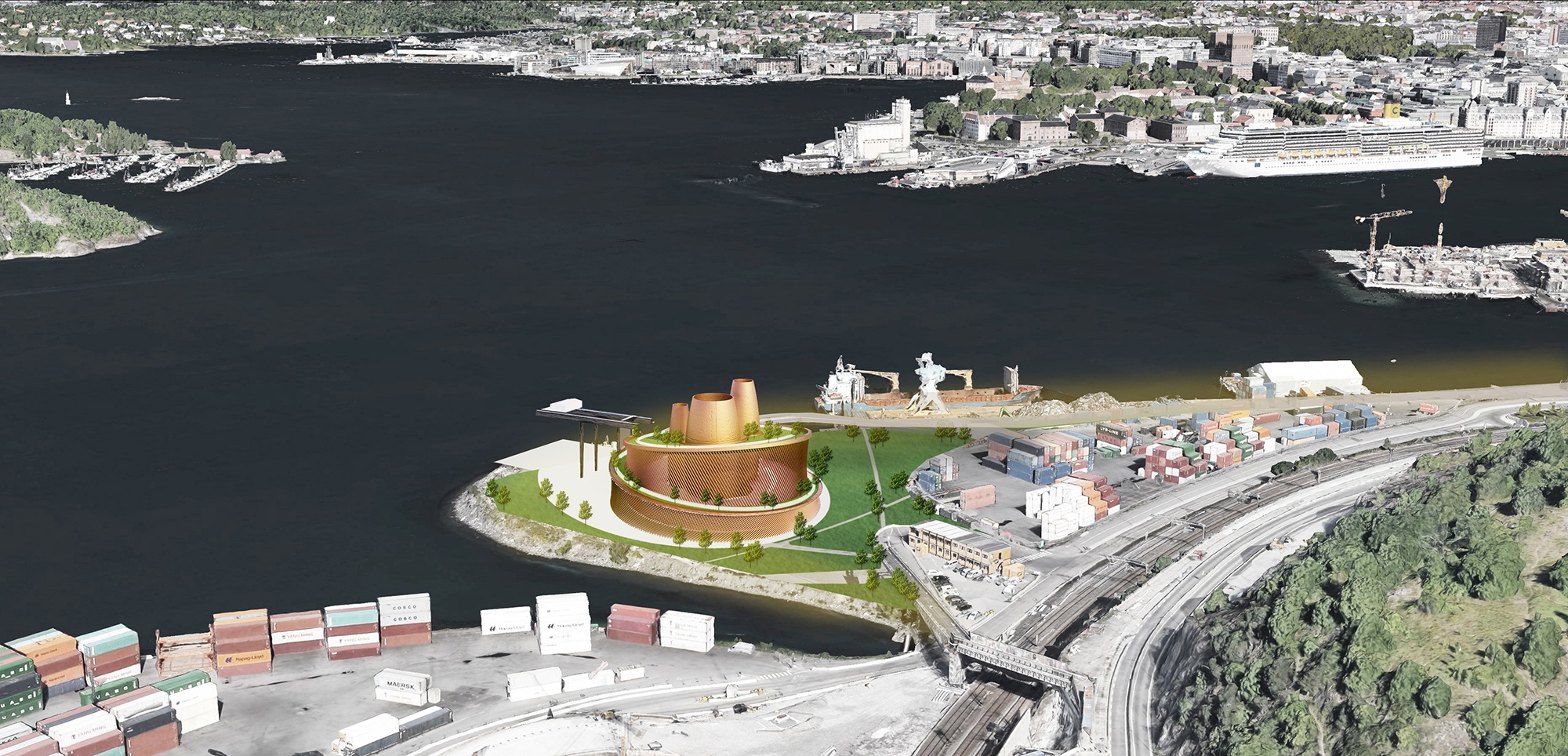
These new Plasma Plants are conceived as municipal prototypes and future waterfront landmarks. With processing equipment concentrated in a circular plan, the footprint is minimized. A perforated mesh skin shields the truck ramp and conveyer areas, preventing unauthorized access while also conveying transparency. Sightseers exploring the spiral walkway leading to the rooftop park can view the process within. A series of “hives” enclosing the largest pieces of equipment appear as features in the landscape.
Bridging the distinction between infrastructure and civic spaces, this proposal provides opportunities for global implementation, marrying existing infrastructure in diverse geographic locations in New York City, Oslo, and Tokyo Bay.
